
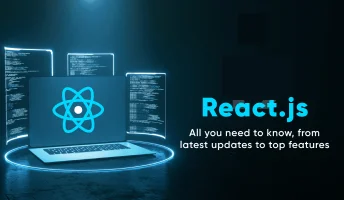
React.js, developed and maintained by Facebook, is a powerful JavaScript library for building user interfaces. It allows developers to create fast, dynamic web applications with minimal code. React’s component-based architecture and virtual DOM make it a popular choice for both small and large-scale applications. One of React's standout features is its ability to efficiently update and render just the right components when data changes, making the development process smoother and faster. This efficiency has made React.js a top choice for developers aiming to create responsive and high-performance web applications.

ChatGPT, developed by OpenAI, is a state-of-the-art language model that uses deep learning techniques to generate human-like text based on the input it receives. As a versatile conversational agent, ChatGPT has found applications in a wide range of industries, from customer support and virtual assistants to content creation and coding assistance. By understanding context and intent, ChatGPT can engage in meaningful conversations, answer questions, and provide insights, making it a powerful tool for businesses and individuals alike. With continuous improvements in AI research, ChatGPT is poised to further enhance the way we interact with machines.

React Native, developed by Facebook, is an open-source framework that allows developers to create mobile applications using JavaScript and React. By enabling the use of a single codebase for both iOS and Android platforms, React Native significantly reduces development time and costs. The framework provides a rich set of components and APIs that closely mirror those of native apps, ensuring high performance and a smooth user experience. React Native's hot reload feature, combined with its vibrant ecosystem of libraries and tools, makes it a popular choice for building modern, responsive mobile apps.

Node.js, built on Chrome's V8 JavaScript engine, is an open-source, cross-platform runtime environment that allows developers to build server-side and networking applications with JavaScript. Its non-blocking, event-driven architecture makes it an ideal choice for building scalable, high-performance applications. Node.js is particularly well-suited for data-intensive applications, such as real-time communication platforms and APIs, where speed and scalability are crucial. With a rich ecosystem of packages available through npm, Node.js offers developers the tools needed to create robust backend solutions quickly and efficiently.

Next.js, a React-based framework developed by Vercel, has revolutionized modern web development with its powerful features like server-side rendering (SSR), static site generation (SSG), and built-in API routes. Next.js enables developers to build fast, scalable, and SEO-friendly applications effortlessly. By combining the best practices of React with the flexibility of server-side and static rendering, Next.js offers unparalleled performance and developer experience. This framework is particularly well-suited for building high-performance websites and applications that require quick load times and seamless user experiences.

Flutter, developed by Google, is an open-source UI software development toolkit that allows developers to create natively compiled applications for mobile, web, and desktop from a single codebase. Flutter’s rich set of pre-designed widgets, along with its reactive framework, enables developers to create stunning user interfaces with smooth animations and transitions. What makes Flutter stand out is its “hot reload” feature, which allows developers to instantly see the results of code changes without losing the state of the application. This accelerates the development process, making Flutter an excellent choice for startups and enterprises alike looking to build cross-platform applications quickly and efficiently.

UI/UX design is the art and science of creating digital interfaces that are both visually appealing and highly functional. By focusing on user experience (UX) and user interface (UI) design, developers and designers work together to craft products that not only look good but also provide a seamless and intuitive experience for users. In today’s digital landscape, effective UI/UX design is critical to the success of any application, website, or software product. It helps ensure that users can easily navigate and interact with a product, leading to higher engagement, satisfaction, and conversion rates.
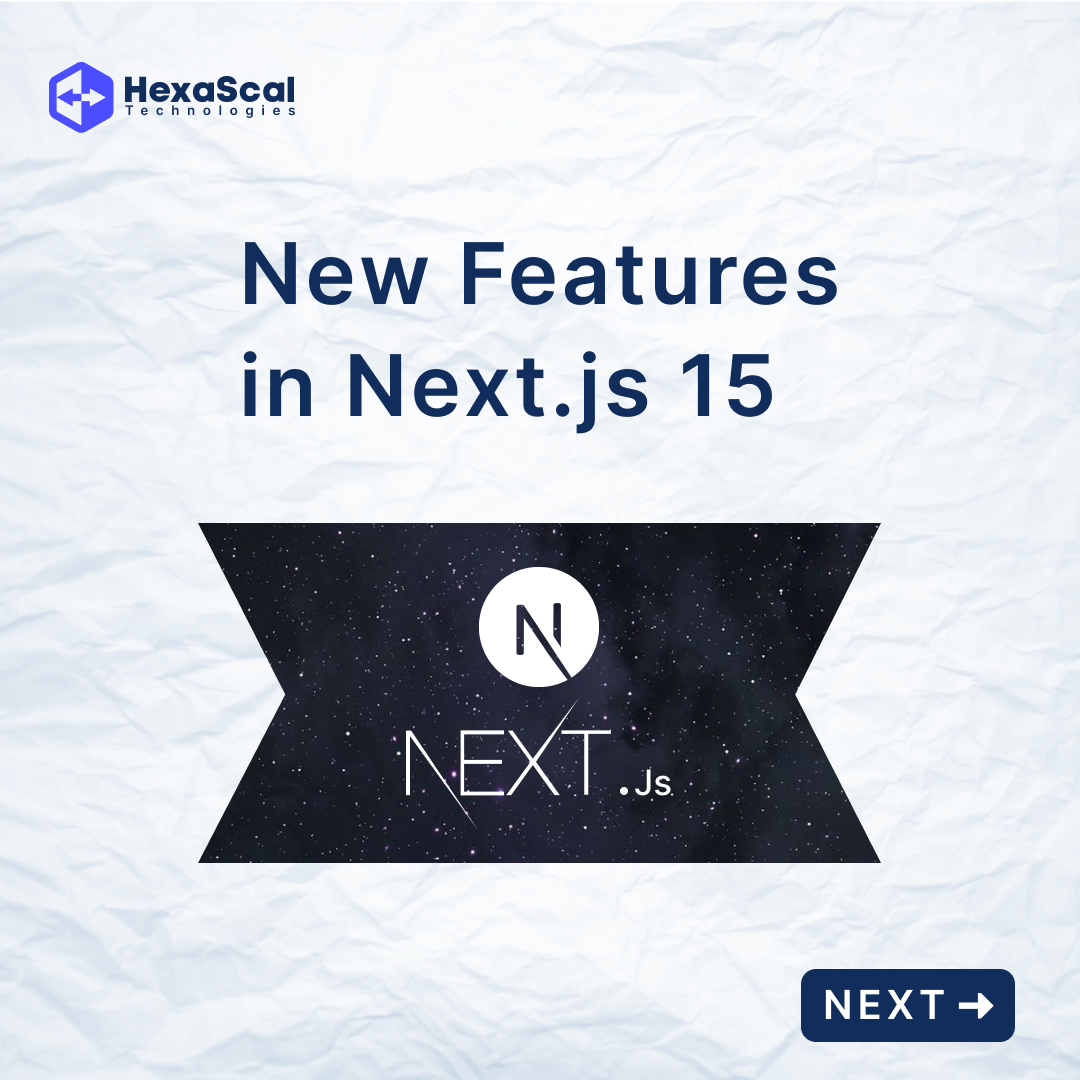
Next.js 15 introduces several powerful features aimed at enhancing the developer experience and performance of React applications. From improved server-side rendering (SSR) and static site generation (SSG) to better image optimization and enhanced API routes, Next.js 15 continues to set the standard for modern web development. In this blog post, we’ll explore the most exciting new features in Next.js 15 and how they can streamline your development workflow and boost the performance of your applications.
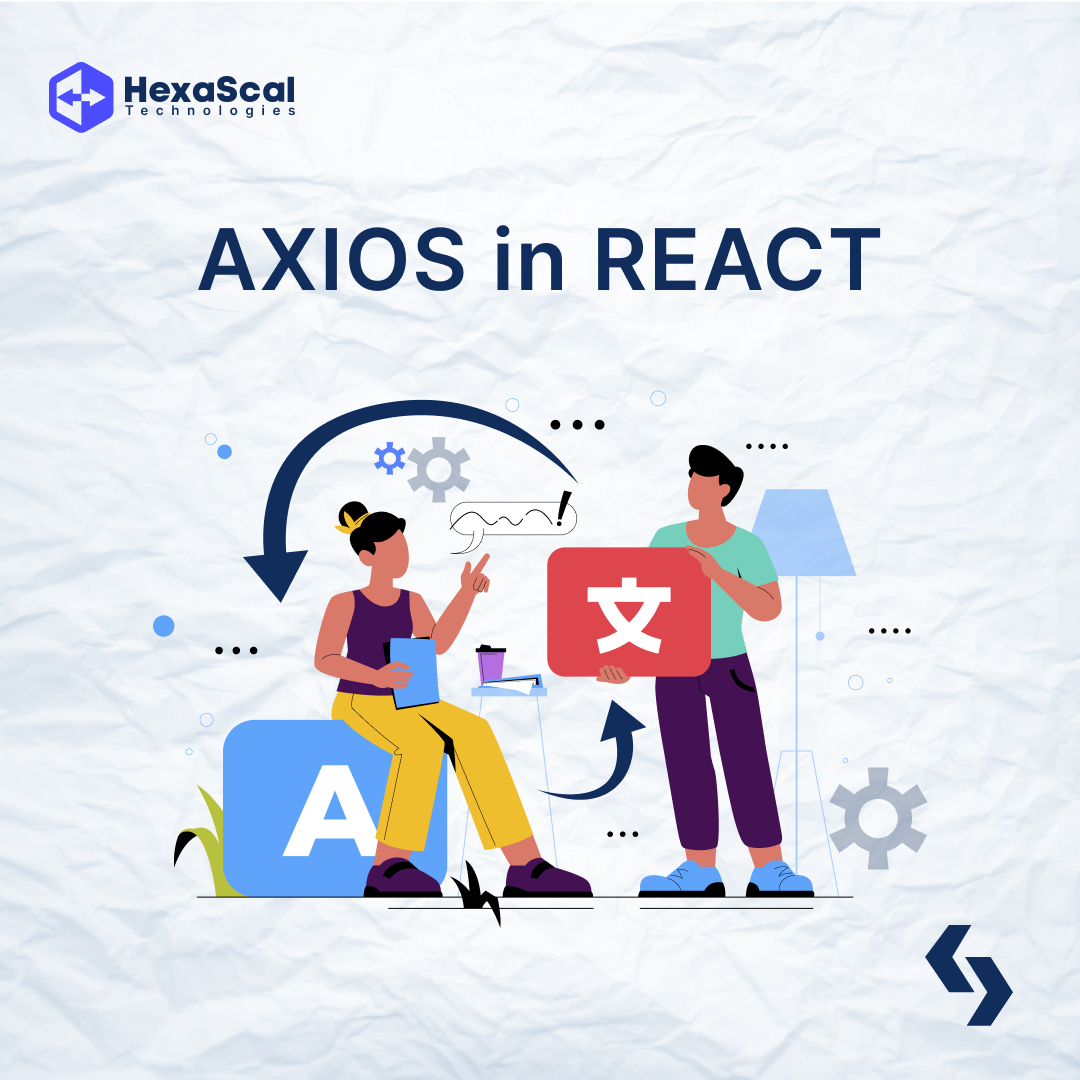
Axios is a powerful library for making HTTP requests in JavaScript applications, offering an easy-to-use API and advanced features. In this blog post, we will explore how to effectively use Axios in React to handle API calls, manage data, and streamline the development process.

JSON (JavaScript Object Notation) is a lightweight, text-based format for storing and exchanging data. It is easy to read and write, and is widely used in web applications for transmitting data between a client and server. JSON supports various data types such as strings, numbers, arrays, and objects, making it versatile and efficient.JSON, or JavaScript Object Notation, is a lightweight data-interchange format that is easy for humans to read and write and easy for machines to parse and generate. It is widely used for transmitting data in web applications. This blog post provides a quick guide to understanding JSON, its structure, and its applications in modern web development.
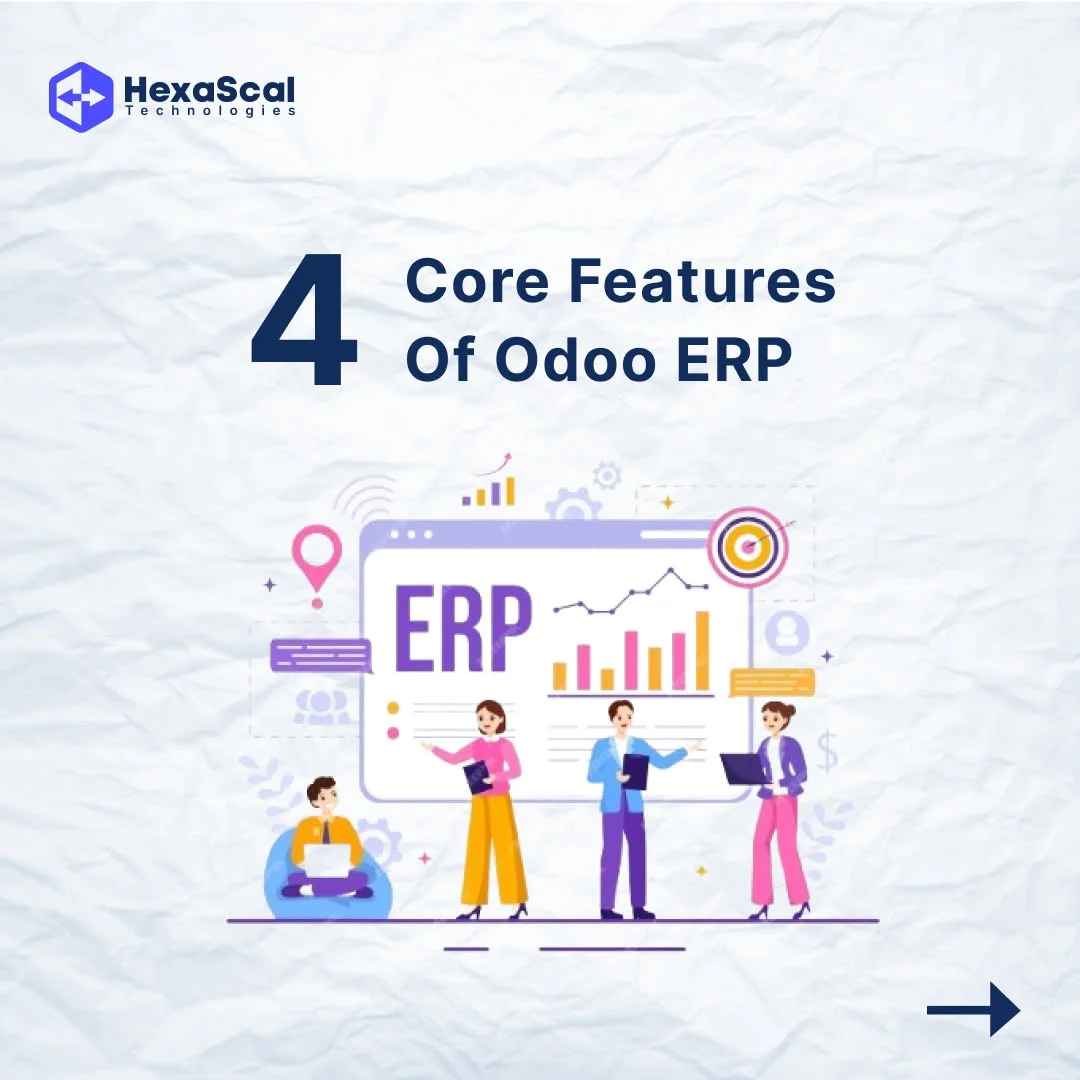
Odoo ERP (Enterprise Resource Planning) is a comprehensive suite of business applications that helps organizations manage their operations effectively. It is an all-in-one solution designed to streamline processes such as sales, inventory, accounting, and human resources. In this blog post, we will dive into the four core features that make Odoo ERP a leading choice for businesses worldwide.
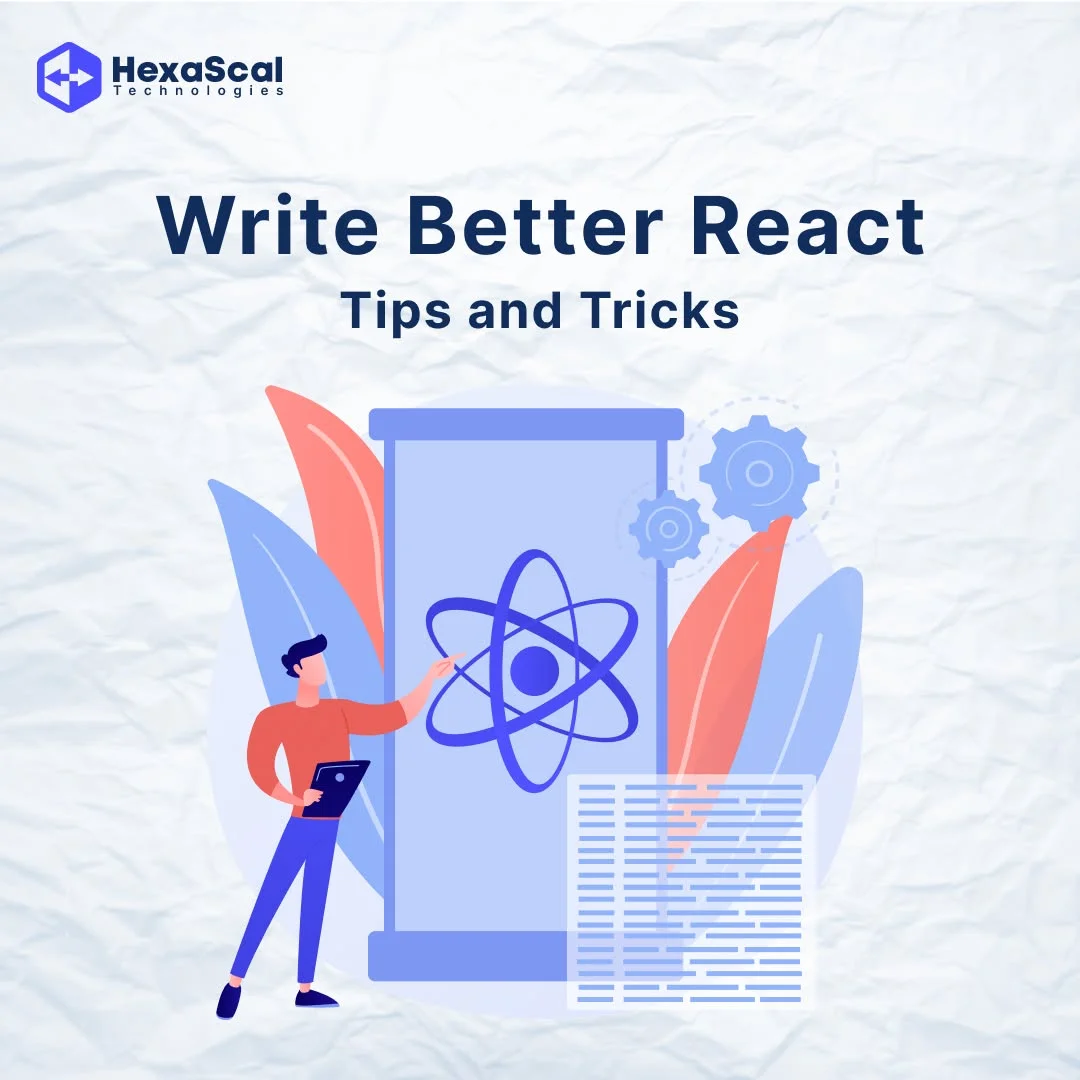
React is one of the most popular front-end libraries for building dynamic user interfaces. In this article, we'll share some advanced React tips and tricks to help you write cleaner, more efficient, and scalable React code. Whether you're a beginner or an experienced developer, these techniques can help you level up your React skills.

Before starting with React, there are a few key concepts you need to understand that will make your learning process smoother and more effective. Mastering HTML, CSS, and JavaScript fundamentals is essential. In this guide, we’ll walk you through the most important concepts you should learn before diving into React development.
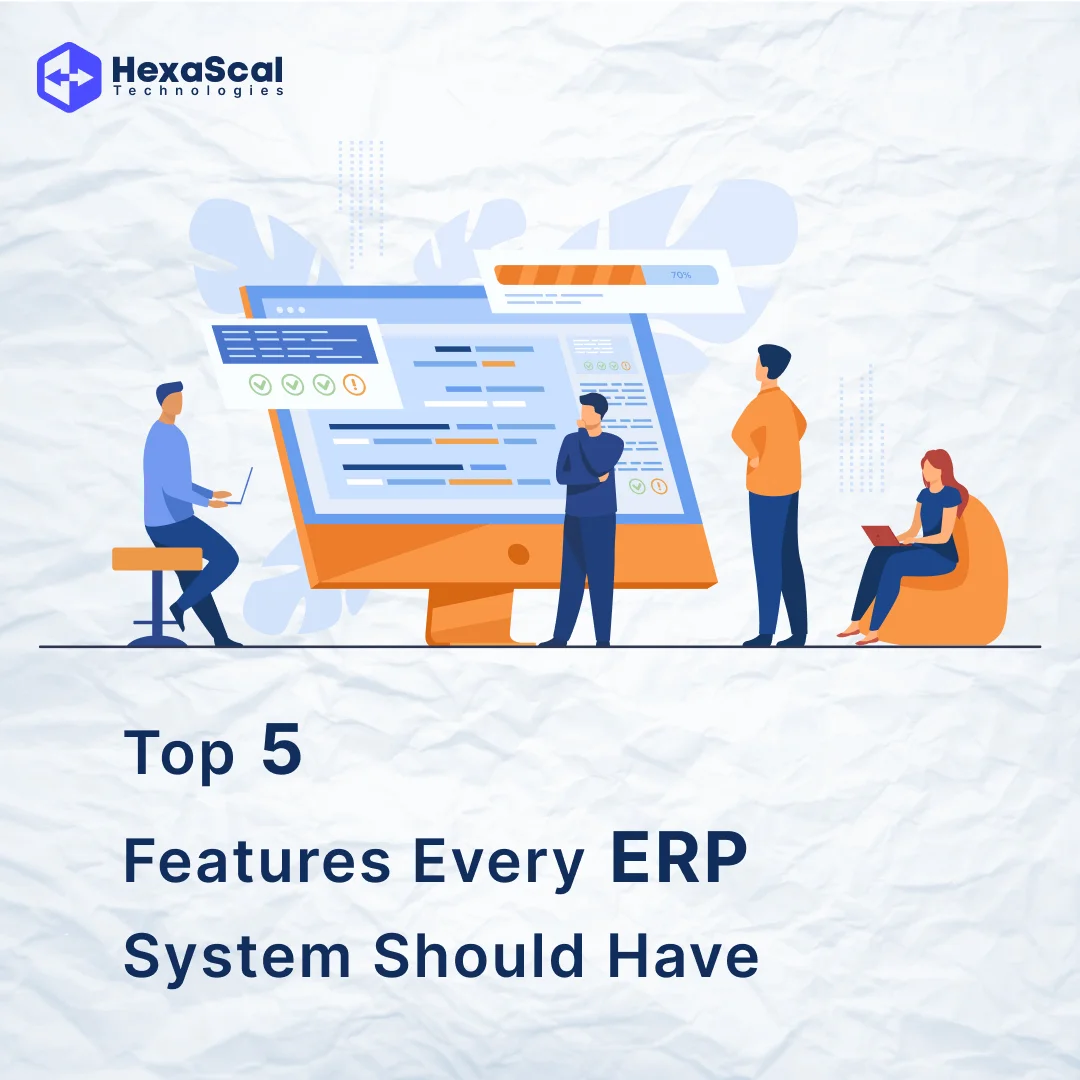
ERP (Enterprise Resource Planning) systems streamline business processes by integrating key functions like finance, HR, and supply chain into one system. Every ERP system should come with core features that support efficiency, scalability, and ease of use. In this guide, we’ll explore the top 5 essential features that every ERP system should have.

A JavaScript closure is a function that retains access to its lexical scope, even when the function is executed outside of that scope. Closures are a fundamental concept in JavaScript and are used to create private variables, manage asynchronous operations, and more.

User experience (UX) and user interface (UI) design are crucial for creating an engaging and functional product. Many designers make common mistakes that can negatively impact usability and user satisfaction. This article highlights five key UX/UI mistakes and provides actionable tips on how to avoid them.

Building websites doesn’t have to be a time-consuming process. By leveraging modern tools, frameworks, and best practices, developers can drastically accelerate the web development process while maintaining high-quality standards. This guide explores strategies to enhance development speed without compromising quality.
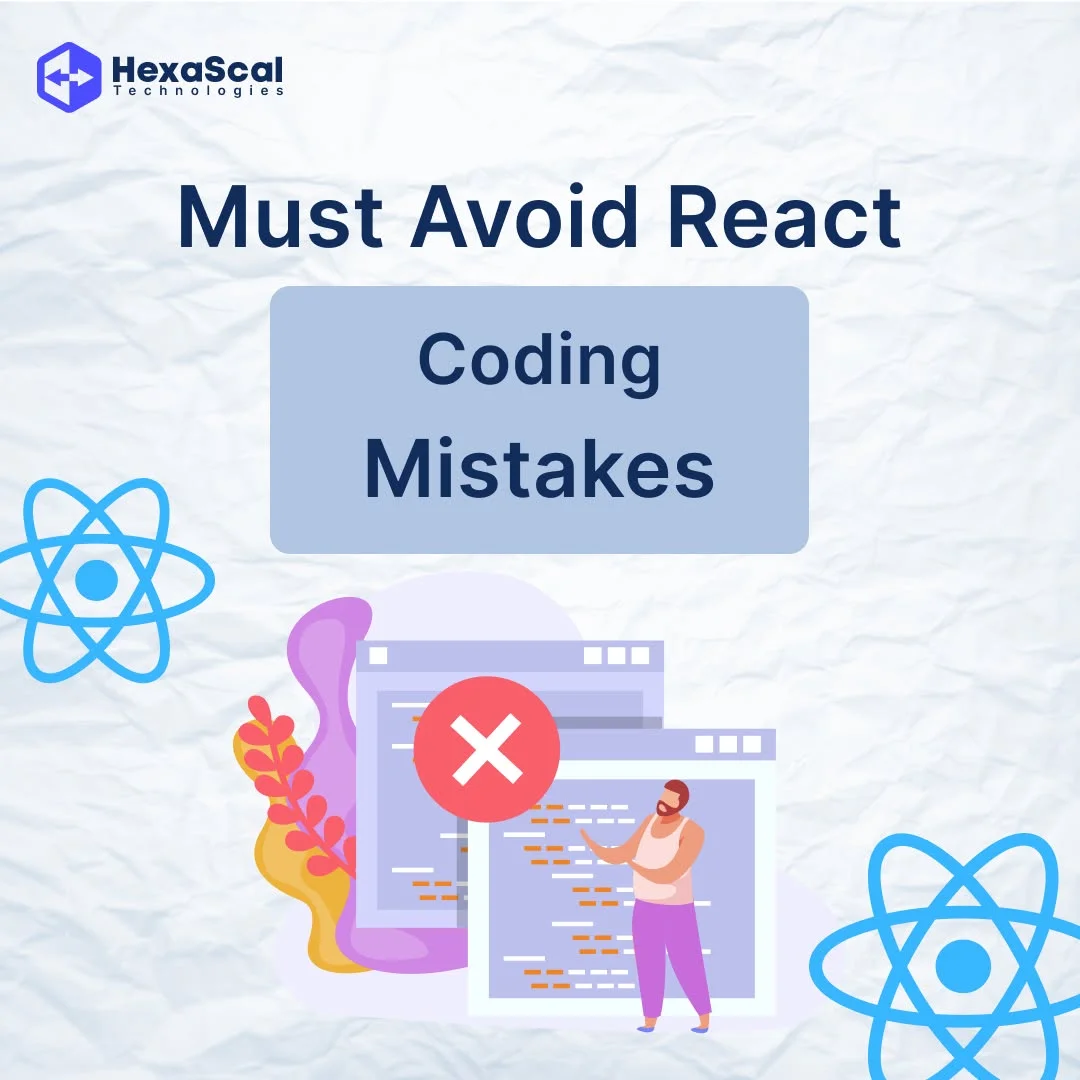
React is a powerful library for building user interfaces, but it’s important to avoid common mistakes that can lead to inefficiencies or bugs in your applications. These mistakes can affect performance, maintainability, and the overall user experience.
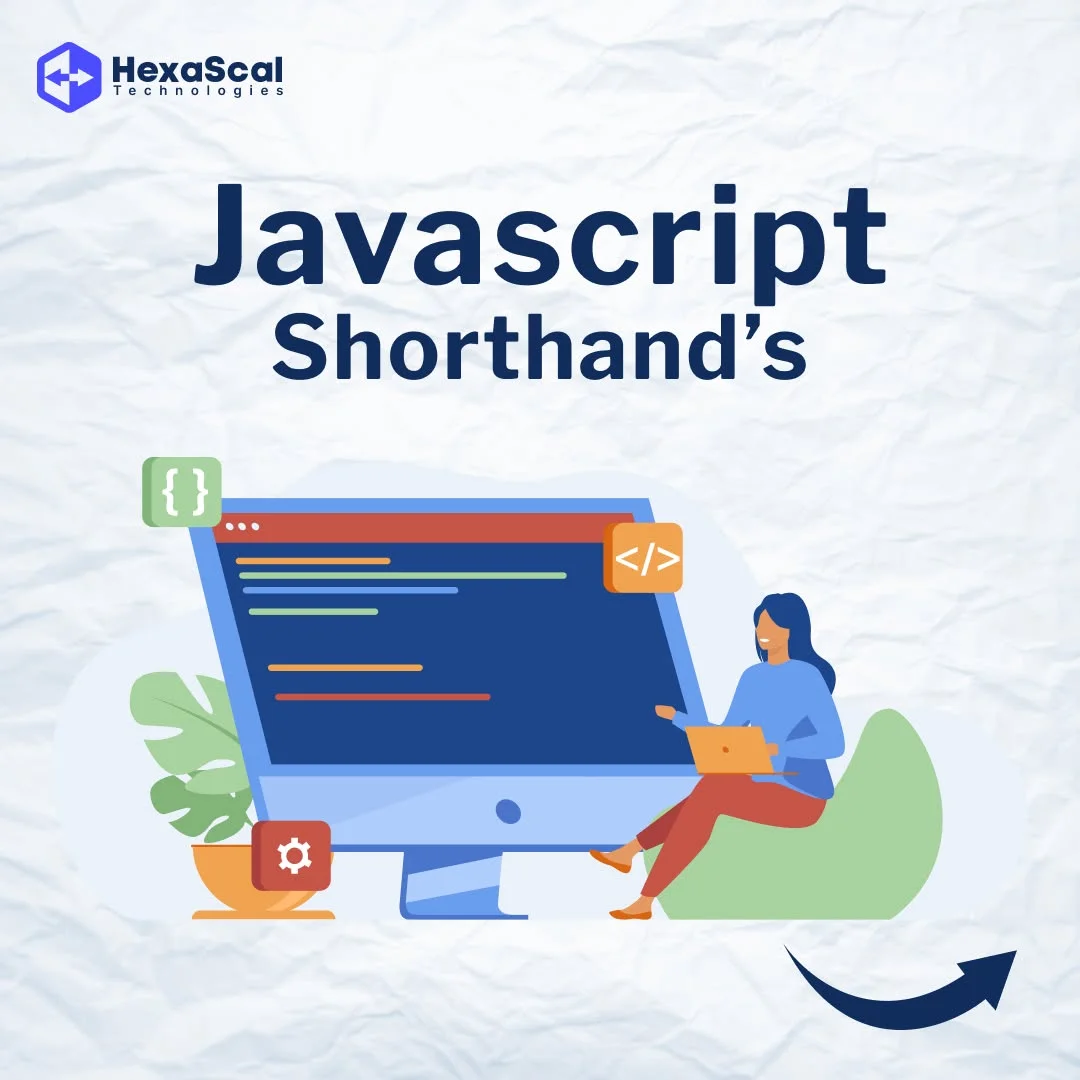
JavaScript shorthands are a set of techniques that allow developers to write more concise, efficient, and readable code. By utilizing these shortcuts, you can reduce verbosity, improve maintainability, and optimize performance without sacrificing clarity.
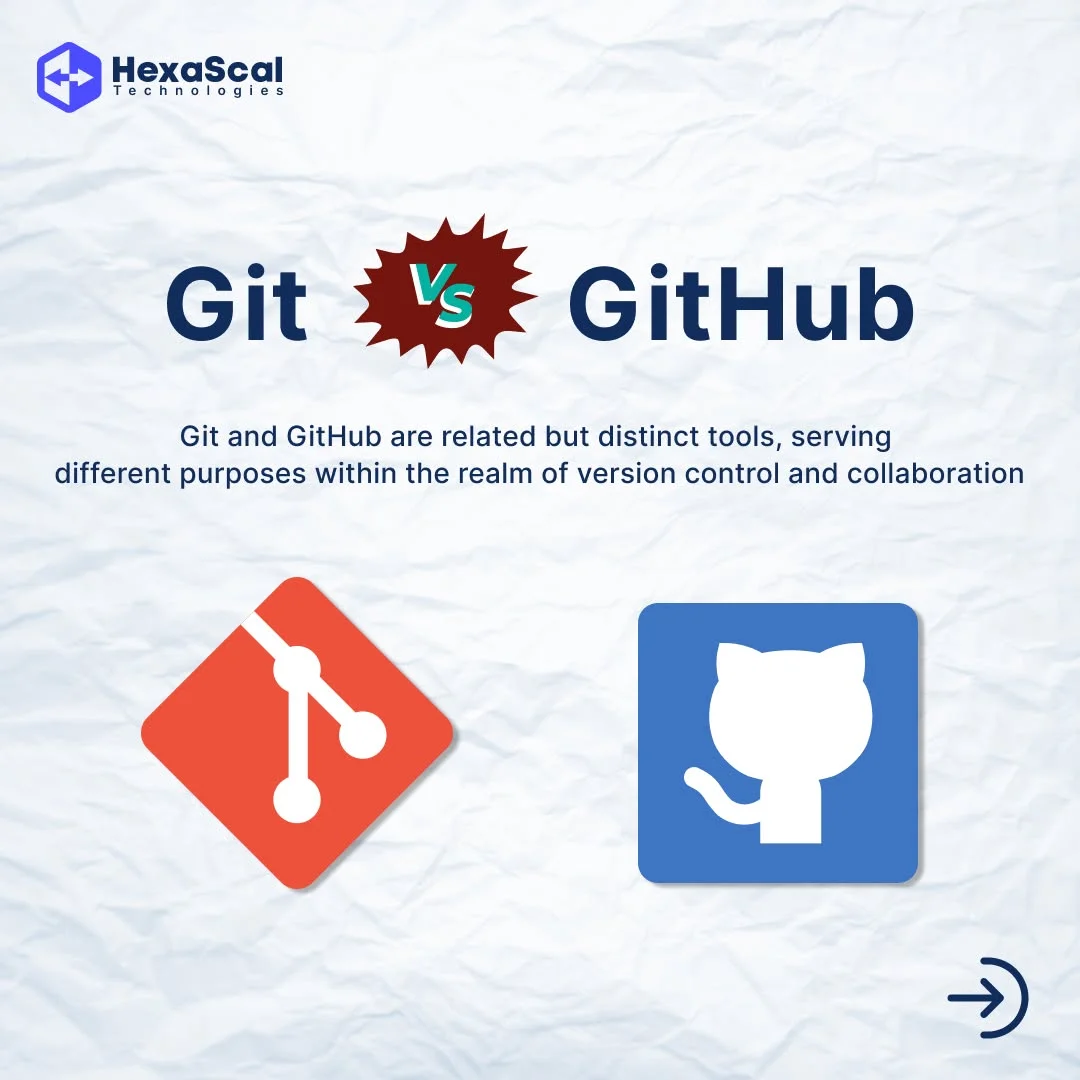
Git is a distributed version control system (DVCS) that enables developers to manage and track changes in source code, while GitHub is a cloud-based platform that hosts Git repositories and fosters collaboration between developers worldwide. Learn how they complement each other in modern software development workflows.

Transferring UX design involves moving design elements, workflows, or principles between tools, platforms, or strategies. It ensures consistency, adapts to evolving requirements, and optimizes usability.UX design transfer refers to the process of adapting user experience designs to different tools, platforms, or workflows. This practice is essential for ensuring that design decisions are not confined to one platform but are adaptable to various interfaces and technologies. By transferring UX designs, businesses can make their products more versatile, scalable, and capable of meeting diverse user needs. Companies often transfer designs to optimize their user interface, reduce operational challenges, and adopt the latest technology trends. For instance, transferring from one prototyping tool to another could enhance team collaboration or allow for faster iteration, thereby improving the speed of development.
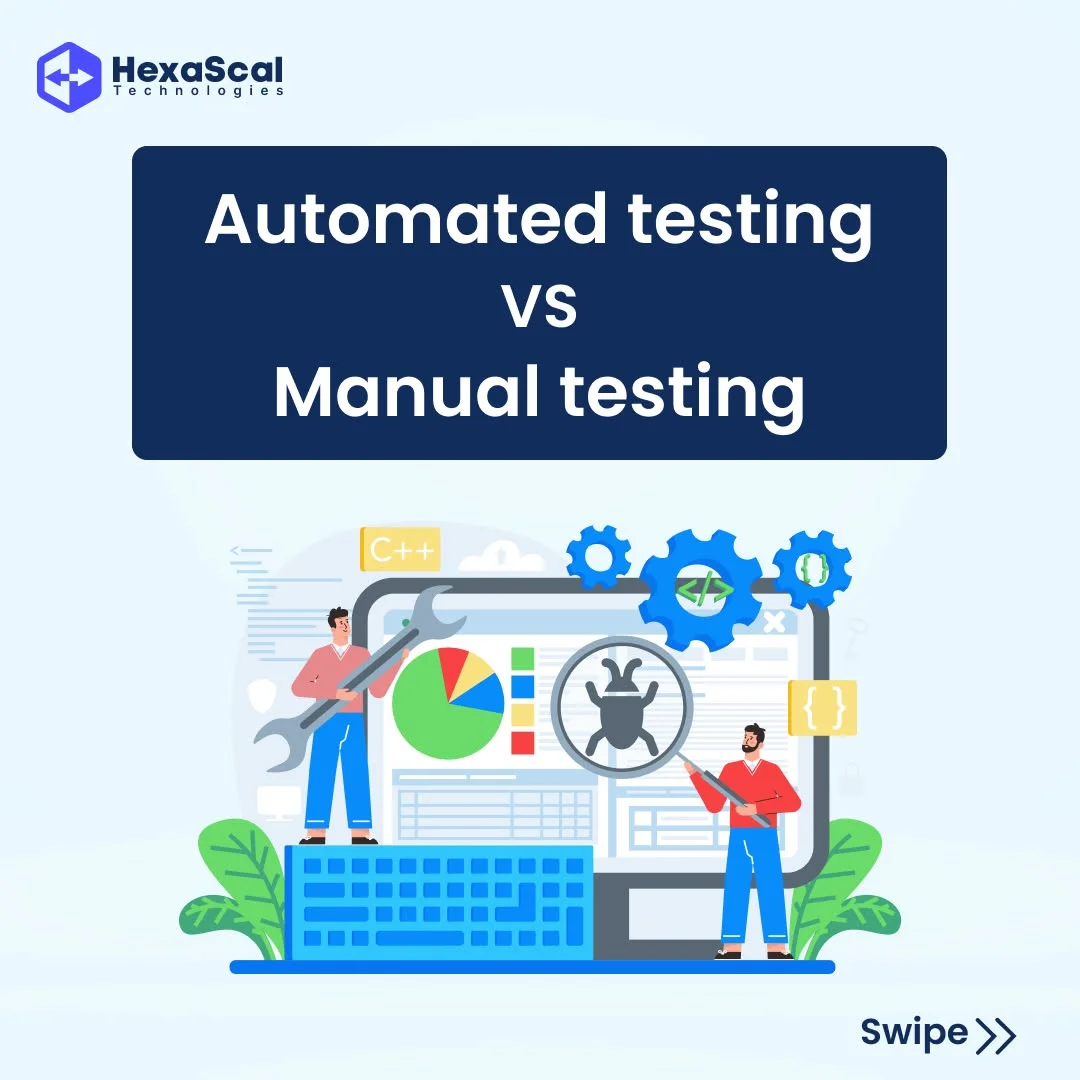
Automated and manual testing are two critical approaches to ensuring software quality. While automated testing leverages scripts and tools, manual testing relies on human effort to verify software functionality.
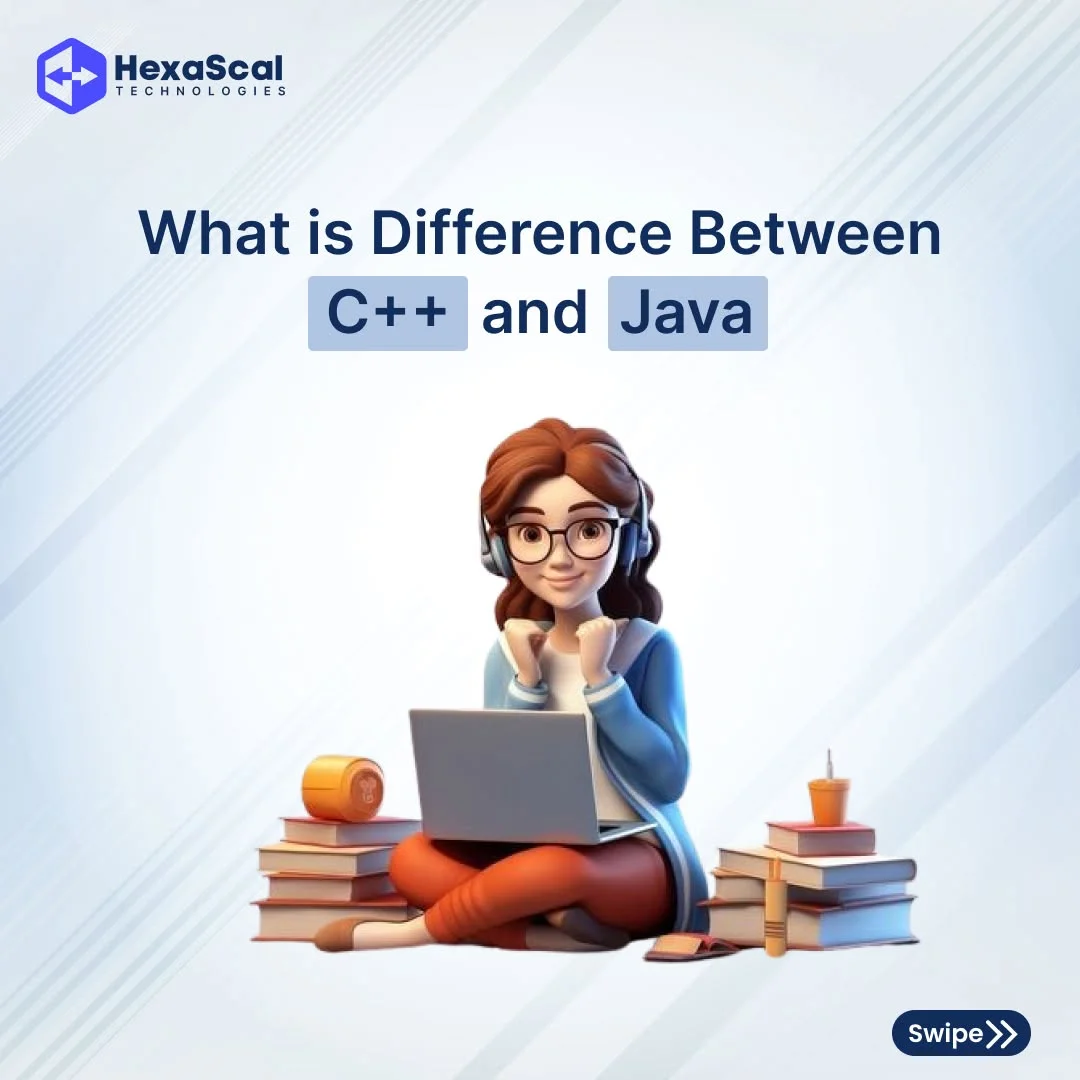
C++ and Java are both powerful programming languages widely used in software development. While C++ is known for system-level programming, Java is celebrated for its platform independence and extensive libraries.
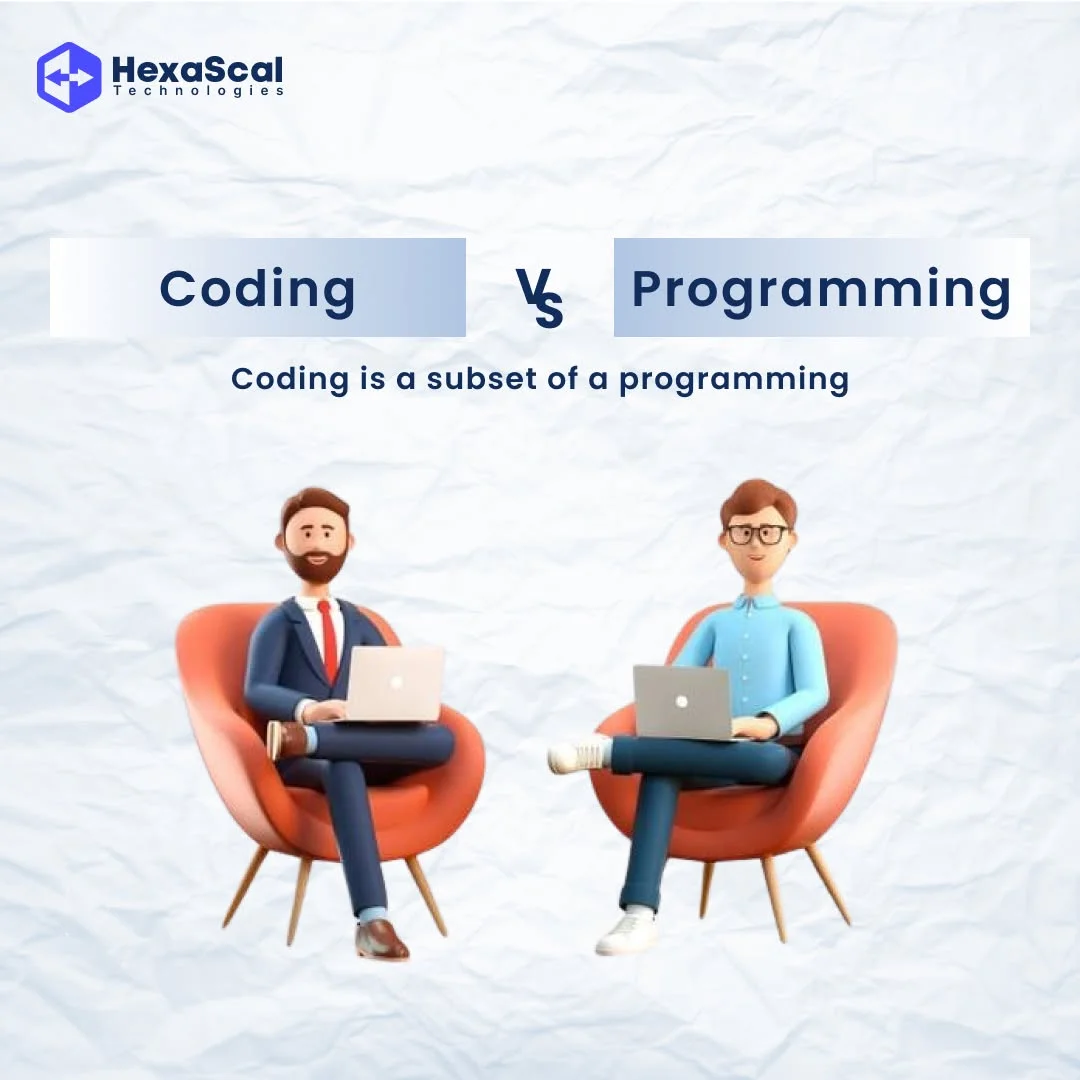
While coding and programming are often used interchangeably, they have distinct meanings in the software development field. Coding typically refers to writing syntax that makes the software work, while programming involves the broader process of creating functional and efficient software solutions.
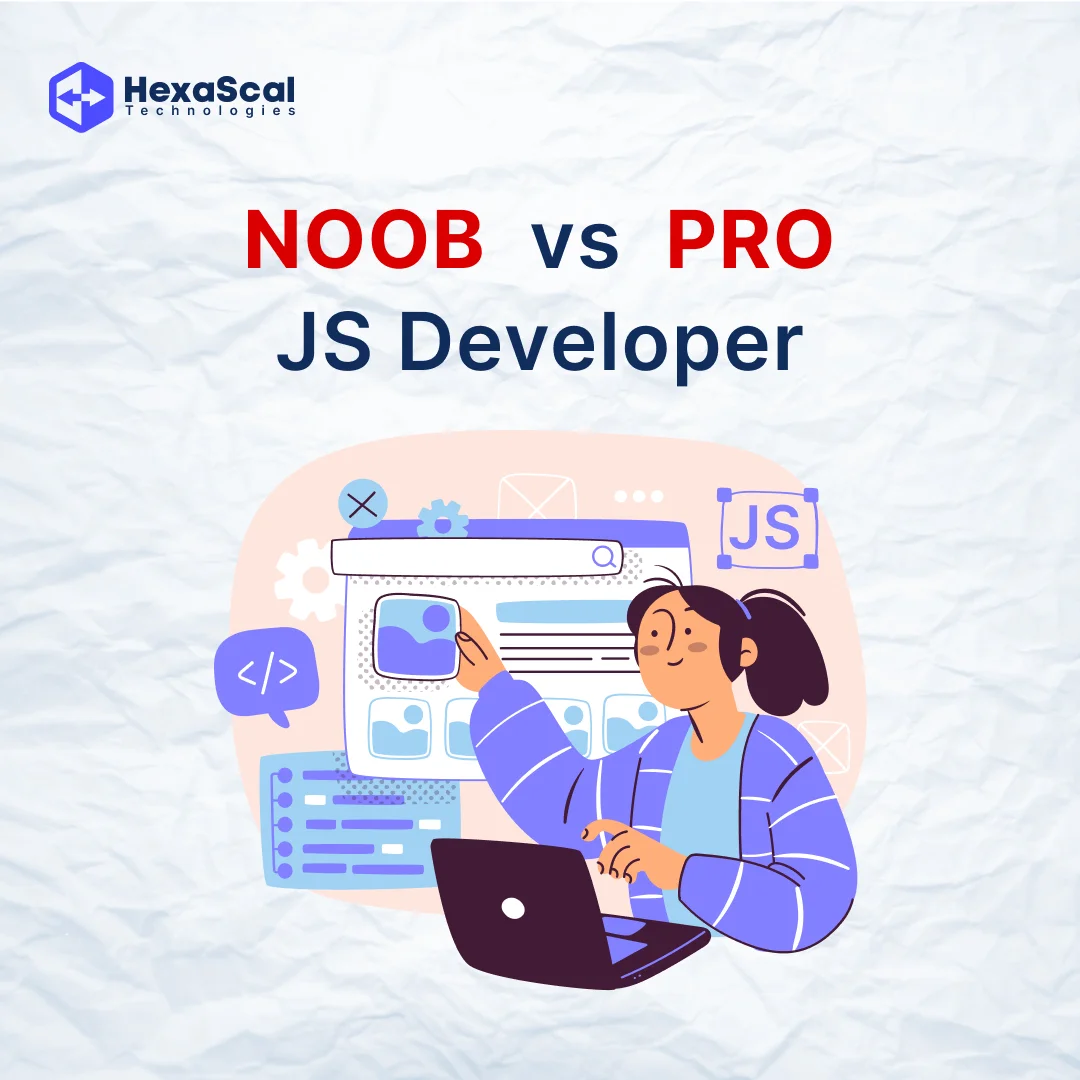
The journey of a JavaScript developer is one of growth and learning. A noob (beginner) developer is just starting to grasp the basics, while a pro (expert) developer has mastered the language and understands its deeper nuances. This article dives deep into their contrasting skills, focus areas, challenges, and best practices, offering insights for aspiring developers to level up.

Discover HexaScal Technologies' journey towards becoming a global leader in IT solutions. Explore our mission to deliver innovation and our vision of enhancing business productivity with ethical practices and exceptional quality.
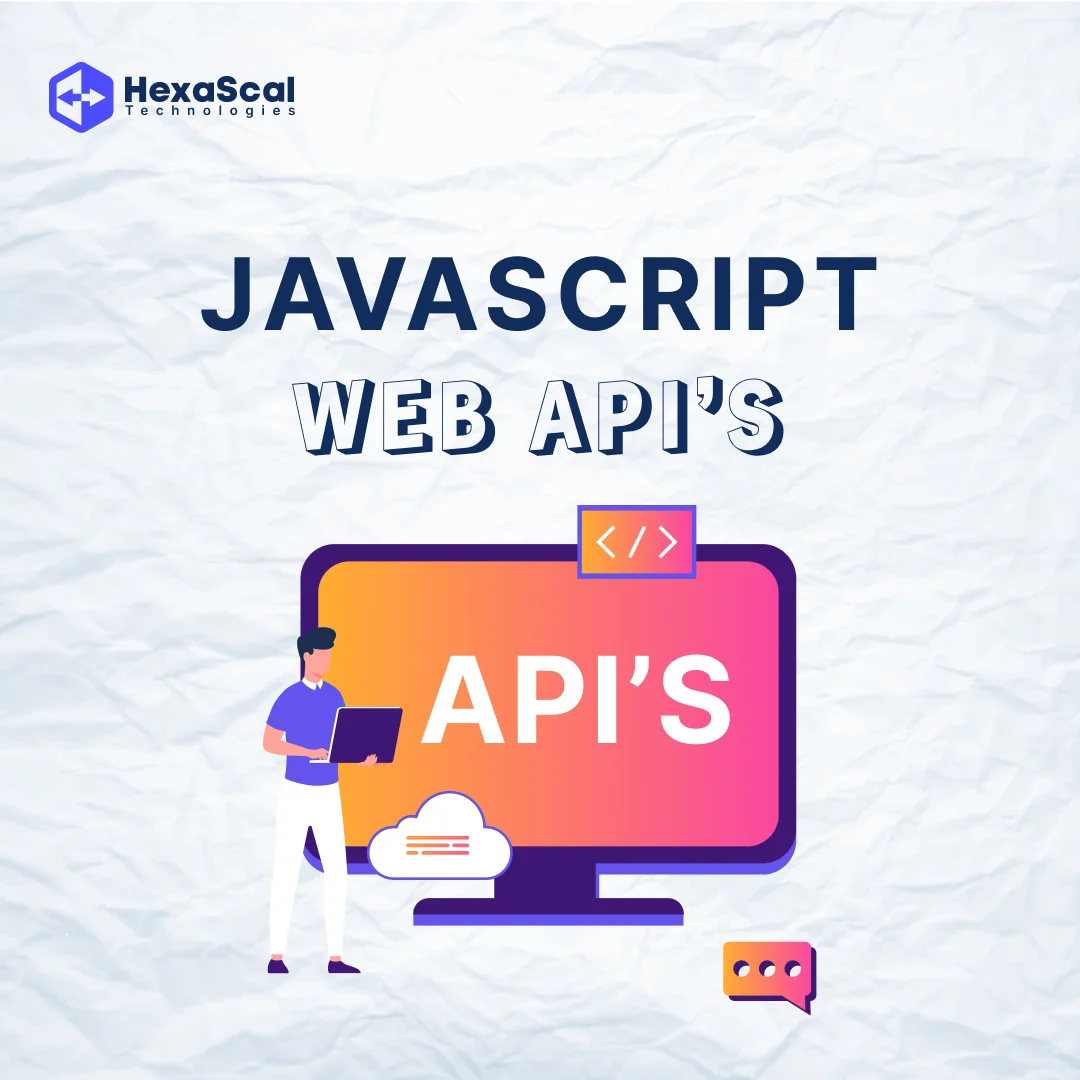
JavaScript Web APIs provide developers with a collection of pre-defined interfaces and functions that enable interaction with the browser to create dynamic and feature-rich web applications. These APIs serve as a bridge between the browser and the web app, offering functionalities ranging from data retrieval to multimedia management.
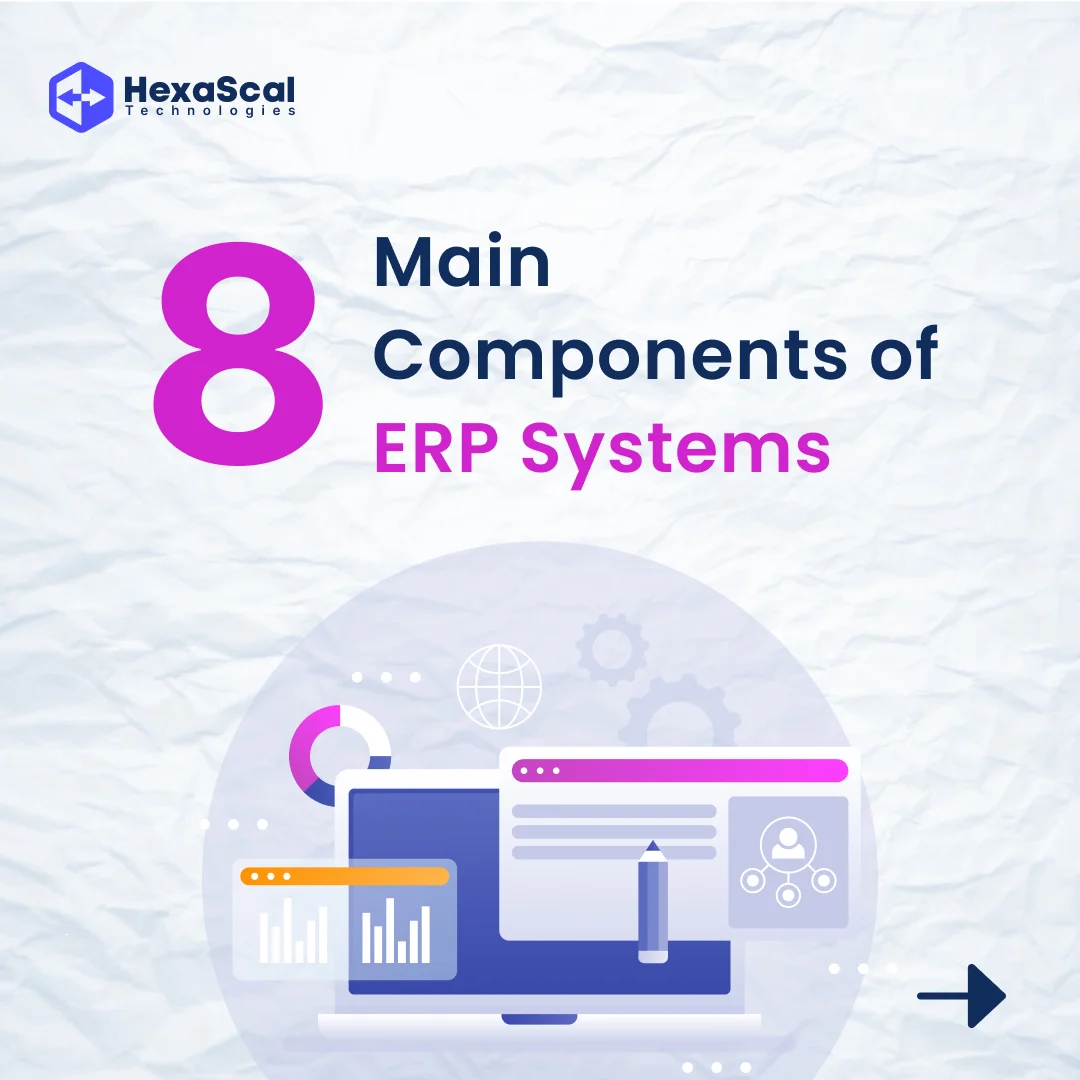
ERP systems are comprehensive software solutions designed to streamline organizational operations. This blog delves into the eight main components of ERP systems, highlighting their role in enhancing productivity, efficiency, and decision-making.
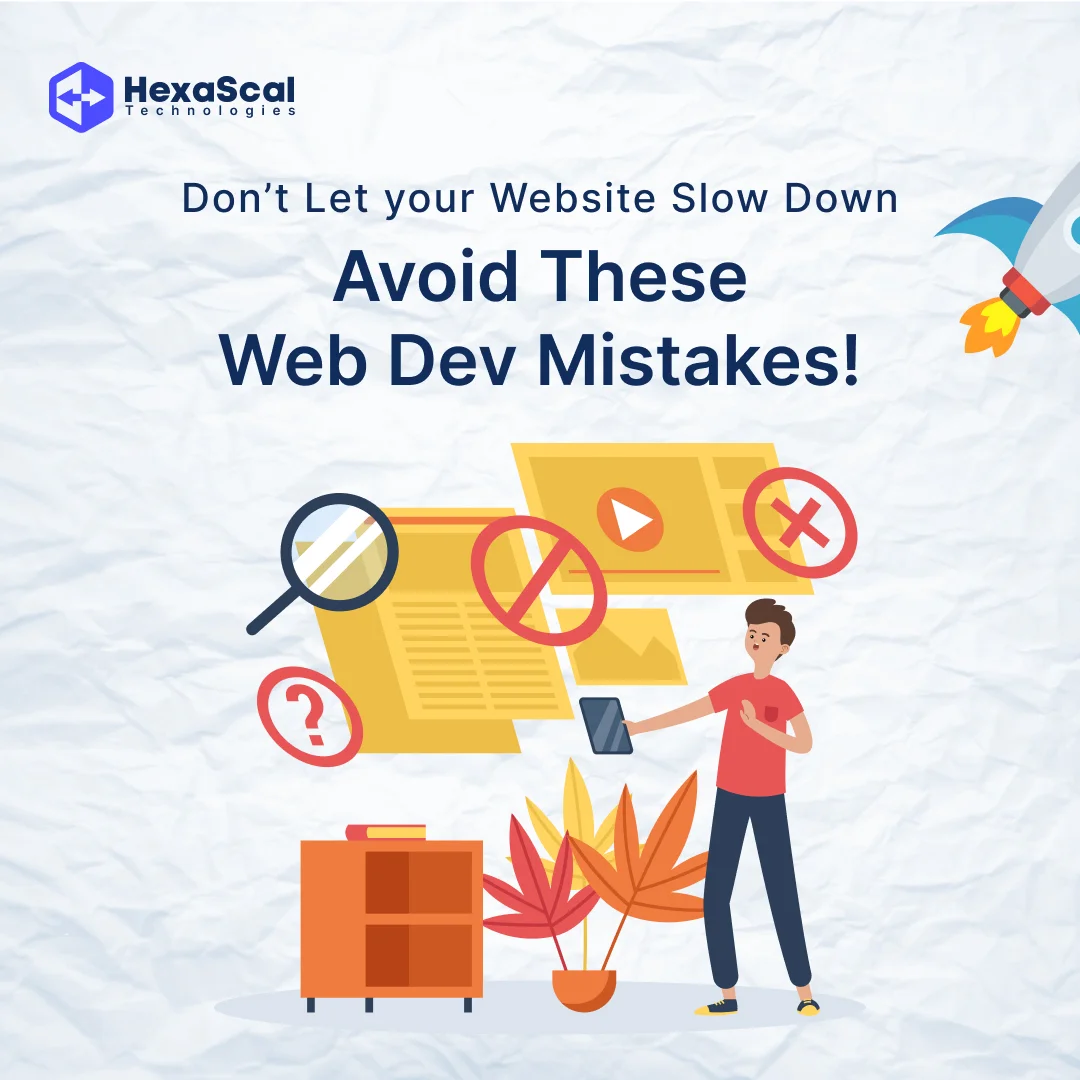
Web development can be riddled with challenges, and even seasoned developers can make mistakes that affect performance, usability, and security. This blog highlights the most common web development mistakes and provides actionable tips to avoid them.
